Ha’erbin / … and Russian Revivalist architecture …
07/02/2012 2 Comments
Ha’erbin is located in the province of Heilongjiang, China’s northernmost region and bordered to the east and north by Russia. As you would expect, the history between the two countries has been marked by bustling trade, social exchange and plenty of territorial disputes. After centuries of debate (including an annexation of parts of Heilongjiang by Russia in the mid-19th century), a defined border was finally agreed to in July of 2008.
Ha’erbin, as the provincial capital, has long had a large Russian population. But, it was after 1897, when Russia negotiated the construction of a railway linking the city to Vladivostok, a few hundred kilometres to the east, that the major waves of migration happened – initially traders and workers, followed by Russian Jews and then White Russians fleeing the 1917 Revolution. In 1921, one third of Ha’erbin’s population (about 300,000 in total) was Russian.
The city’s European influences are clearly seen in Ha’erbin’s main pedestrian street, Zhongyang Dajie. The cobblestone street is lined with buildings that mostly date from the early twentieth century, or newer ones made to look like they were.
Perhaps the city’s best known architectural landmark is the Church of St Sophia, a cute Byzantine Revival number in the downtown. It was built in 1907, a few years after the completion of the Vladivostok rail line, but was “decommissioned” during the Cultural Revolution. Over time, new commercial and residential developments on all sides of the church obscured it from view, and made access to it impossible. But, in the 1990s, after the church was added to the national heritage register, a local campaign raised enough funds (from local shopping centres and other businesses) to demolish the surrounding buildings and restore this “hidden treasure” to its original condition.
With a small footprint (about 700 square metres) and a dome height of 53 metres, the church has a very pleasing internal proportion. It now houses a collection of historic photographs of Ha’erbin. While we were there, a bunch of people in bright clothes came out to sing us some songs.
It also houses a gift shop full of clichéd Russian stuff, like Babushka dolls and candlesticks and fur hats.
The city’s original synagogue, located on Tongjiang Road and built in 1906, is now used as a youth hostel, cafe and shop. The neighbouring building, originally a Jewish primary school, then high school, and then home to the Gelazunov Music School, is now a South Korean school.
Further along the same street is a Turkish Mosque, built in 1906, rebuilt in 1922 (not sure why) and now currently unused. It is a fine little building, not yet (but almost) swamped by the surrounding residential buildings.
But, then, some of the most interesting European buildings could be found purely by chance. Taking a detour down any street would reveal a collection of early-20th-century structures, once the symbols of a thriving city, but now falling into varying states of neglect and disrepair.
Many of Ha’erbin’s Russians residents fled the city during the Japanese occupation of the 1930s and 1940s. Those who stayed behind were subjected, along with their Chinese neighbours, to the brutalities of the occupying forces – from food restrictions to beatings and medical experimentation. When the city was liberated by the Red Army in 1945, its people were not entirely so. Nationalistic fervour turned locals against the newer immigrants, who were forced back into Russia, or scattered across the world to, amongst other places, the US, Canada and Australia.
But, while the people were lost, their legacy – through design or just pure luck – was not completely obliterated.




















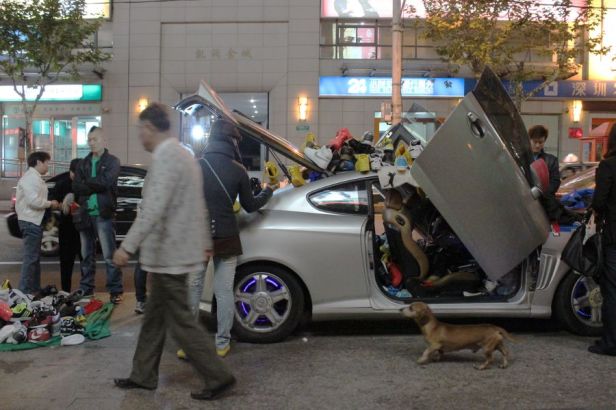






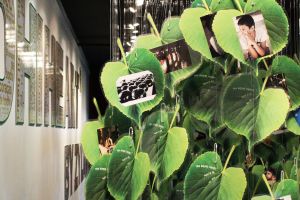
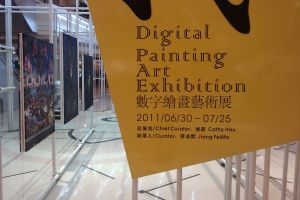


























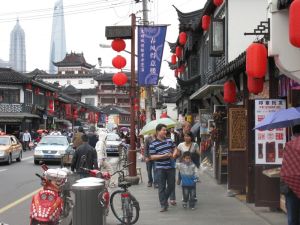

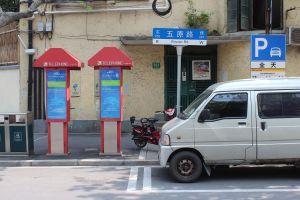

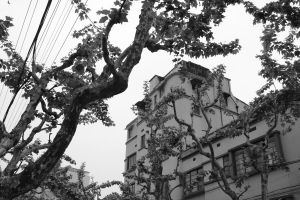



















































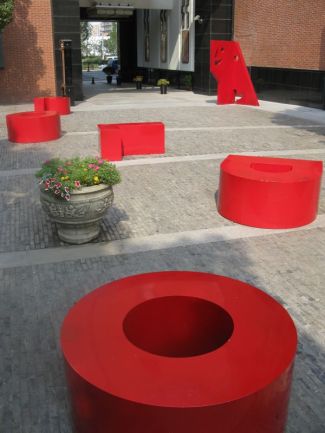




































































RECENT COMMENTS …